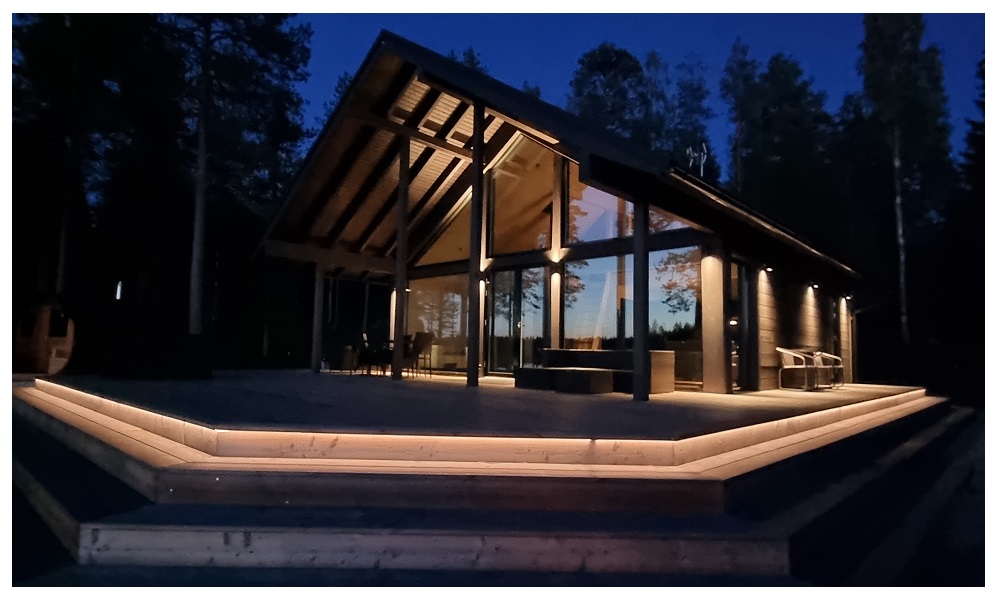Innovations and Quality in LED Strip Lights and Modules: Exploring Supplier and Manufacturer Insights

In recent years, LED lighting has become a cornerstone of modern illumination, offering energy efficiency, versatility, and a long lifespan. Among the many LED products available, LED strip lights and LED modules stand out for their adaptability across various settings from homes and offices to large industrial projects. Understanding the roles of suppliers and manufacturers in delivering quality LED solutions is key to making informed decisions, whether you’re installing a new lighting system or upgrading an existing one.
Introduction to LED Lighting Solutions
LED strip lights and LED modules have transformed the lighting landscape with their compact design and customizable features. LED strip lights consist of flexible circuit boards embedded with small light-emitting diodes, making them easy to install along surfaces, corners, or even curved structures. Meanwhile, LED modules are more structured components often used in signage, backlighting, and architectural lighting due to their durability and focused light output.
The growing adoption of these products stems from their ability to meet diverse lighting needs efficiently. They provide bright illumination while consuming significantly less power than traditional lighting technologies, helping reduce energy costs and environmental impact.
Understanding LED Strip Lights: Key Features and Applications
LED strip lights are popular because of their flexibility and ease of use. Their slim profile allows them to fit into tight spaces where other lighting options might be impractical. Many users appreciate that these strips can be cut to size and connected with various accessories to fit specific project requirements.
When choosing LED strip lights, working with a reliable led strip lights supplier can make a big difference. A good supplier offers a wide selection that meets different needs, whether it’s color options, waterproof ratings, or brightness levels. Having access to high-quality products from a trusted supplier ensures projects go smoothly and deliver the expected lighting results.
Applications for LED strip lights are numerous. They can serve as accent lighting under kitchen cabinets, highlight architectural features, or even add ambient lighting to entertainment spaces. Their waterproof versions also make them suitable for outdoor use, such as garden pathways or pool areas. This adaptability has made them a favorite choice for both professional installers and DIY enthusiasts.
Deep Dive into LED Modules: Components and Manufacturing
While LED strip lights are flexible and often used for decorative lighting, LED modules provide a more robust and durable lighting solution. Typically, these modules consist of a circuit board, LEDs, lenses, and connectors assembled to offer focused and consistent lighting output. This makes them ideal for applications like signage, commercial displays, and architectural highlights.
Collaborating directly with a specialized led module manufacturer allows for customization and ensures quality. Manufacturers bring the expertise needed to tailor LED modules for specific technical requirements, such as size, color temperature, and power consumption. This close relationship with manufacturers often results in products that perform reliably and fit unique project demands.
The manufacturing process of LED modules involves precise assembly to ensure each component functions reliably. Quality control is critical here because any inconsistency can affect brightness, color, or lifespan. Manufacturers often employ testing at multiple stages to maintain high standards and reduce the risk of product failures in the field.
Trends Shaping the LED Lighting Industry
The LED lighting industry continues to evolve rapidly, driven by a global emphasis on sustainability and smart technology integration. Energy efficiency remains a top priority, with manufacturers and suppliers focusing on products that deliver more light per watt of electricity consumed.
Smart lighting systems, which allow users to control brightness, color, and scheduling via apps or voice commands, are also becoming more common. These trends are influencing how LED strip lights and modules are designed and used, pushing the market toward more connected and user-friendly solutions.
Conclusion:
Choosing the right LED lighting components involves understanding the differences between products and the roles of suppliers and manufacturers. LED strip lights offer flexibility and ease of installation, making them suitable for a wide range of decorative and functional uses. On the other hand, LED modules provide durability and focused illumination for applications requiring consistent performance.
By considering factors such as product quality, customization options, and emerging trends, individuals and businesses can select LED lighting solutions that meet their needs efficiently and sustainably. Ultimately, investing time in researching and partnering with reputable suppliers and manufacturers can lead to successful lighting outcomes that last for years.